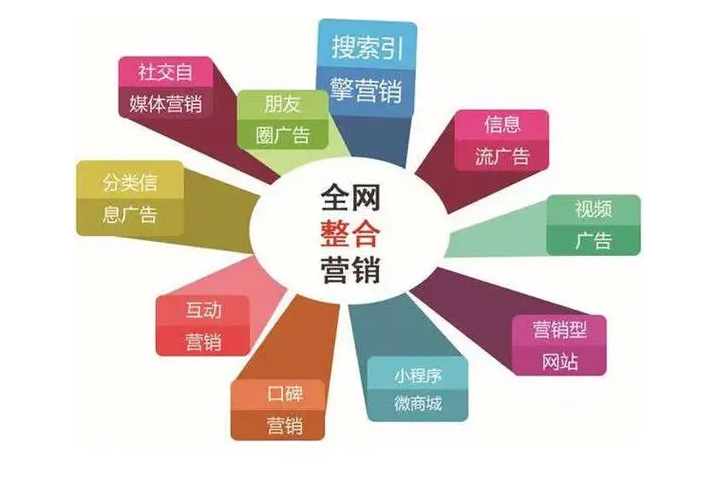Understanding Biofeedback Campaigns in Modern Marketing
Biofeedback campaigns leverage physiological and psychological data to gauge consumer reactions in real time. By tracking metrics like heart rate, skin conductance, and facial expressions, marketers gain deeper insights into emotional engagement. These campaigns bridge the gap between intent and impact, ensuring messaging resonates authentically.
The Role of Omni-Media Measurement in Emotional Analytics
.jpg)
Omni-media measurement integrates data from digital, social, and traditional platforms to create a unified view of consumer behavior. Advanced tools analyze cross-channel interactions, identifying patterns in emotional responses. This holistic approach eliminates silos, enabling brands to refine campaigns for maximum emotional resonance.
Quantifying Emotional Impact for Strategic Optimization
Emotional impact is no longer subjective—AI-driven analytics quantify it through sentiment scoring and behavioral triggers. Brands use this data to adjust messaging, timing, and creative elements. For instance, a spike in positive sentiment during a video ad’s climax can inform future storytelling techniques.
Case Studies: Success Stories and Key Takeaways
Leading brands like Nike and Coca-Cola have harnessed biofeedback to test ads before launch. One campaign revealed that subtle soundtrack changes boosted engagement by 27%. Such insights underscore the power of emotion-driven optimization in omni-media strategies.
Future Trends: Where Biofeedback and Omni-Media Converge
Emerging technologies like neural lace interfaces and real-time emotion mapping will revolutionize measurement. As privacy-compliant tools evolve, hyper-personalized campaigns will dominate, blending biofeedback precision with omni-media’s scalability for unparalleled emotional impact.
.jpg)
.jpg)
.jpg)

.jpg)